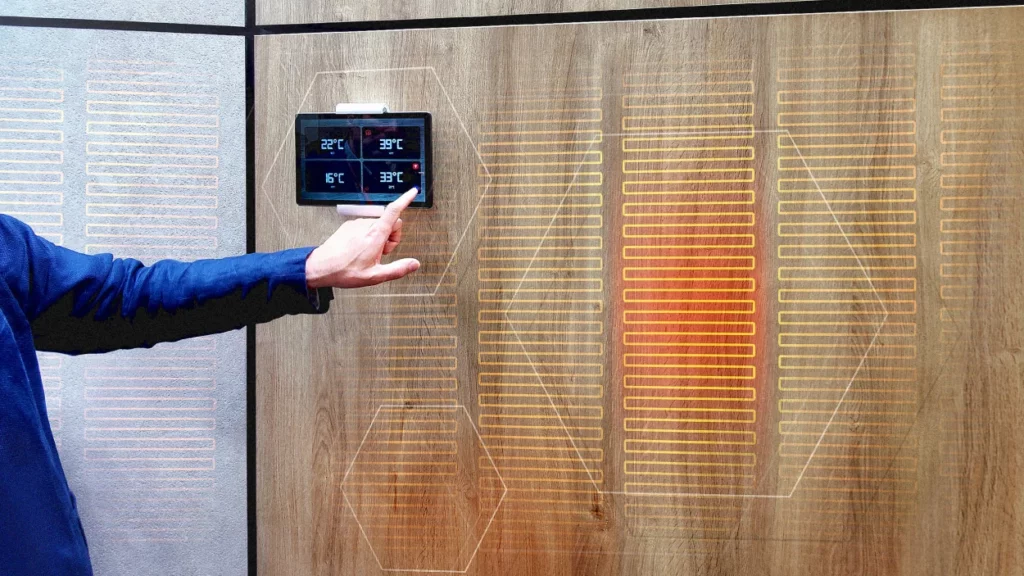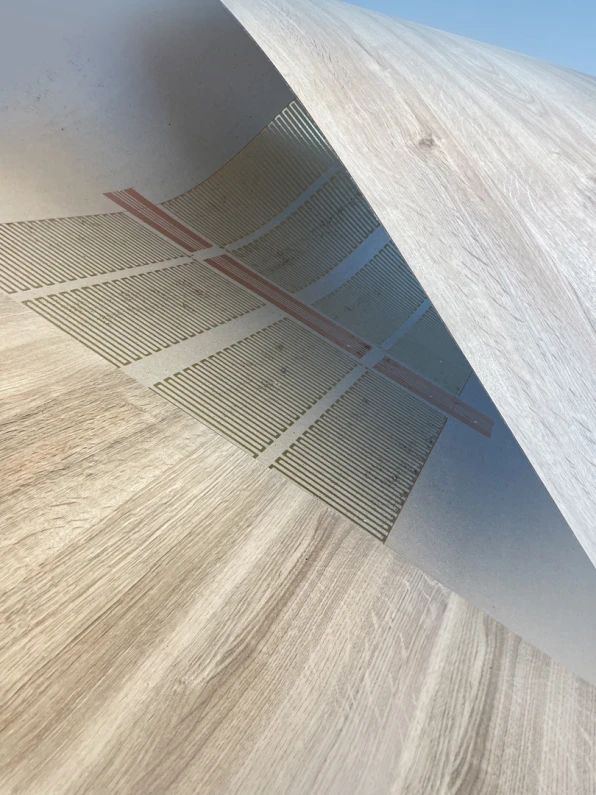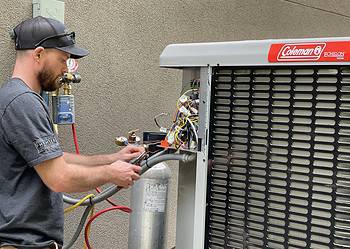
By 2050, two out of every three people will likely live in cities. This urbanization will introduce a number of environmental challenges, especially in the heating sector, which accounts for half of the world’s energy consumption.
This is where a company from Finland might come in. Engineers at The Warming Surfaces Company have created a novel concept for a paper-thin warming film that can turn any wall or even furniture into a radiator.
The Warming Surfaces Company aims towards “digitalizing heating for the age of sustainability, minimizing the amount of materials used in heating systems and reducing heating energy consumption,” a statement from the company reads. Their new heating tech, called Halia, has been in the works for the past two decades and should be on the market next year.
“It’s not immediate, like lighting, but we’re talking tens of seconds to reach your desired temperature,” Jani-Mikael Kuusisto, co-founder of the startup, told Fast Company.

Halia can be used to heat only the parts of your home or office you need when you need it. This means there won’t be more energy waste or heating of empty spaces.
A new way of heating
Several years ago, the Finnish military reached out to researchers at Warming Surfaces Company seeking assistance in developing novel military decoys. The goal was to create decoys that could deceive the enemy’s thermal imaging during nighttime operations by simulating the heat signatures of tanks or other equipment on large surfaces.
But as the research team delved into the project, they discovered an unexpected application for their design—it could also be harnessed for efficiently heating residential or commercial spaces, such as homes or offices.
“We started fitting this into furniture and interior surface materials and saw, wow, there’s potential here,” Kuusisto told Fast Company.

The heating film is less than one millimeter thick, allowing it to be embedded into almost any material — including fabric. And because the film covers a wide surface area, it can heat a space almost instantly. Furthermore, the technology could be combined with sensors so the heat is turned on only when someone enters the room.
Similar to other types of radiant heating, this system offers the advantage of achieving more uniform heating throughout a space compared to conventional forced-air systems. Moreover, it operates silently, eliminating the disruptive noise generated by blowing fans, occupies no additional space, and doesn’t require wall installations, unlike heat pumps.
Warming Surfaces Company is now collaborating with Surforma, a laminate manufacturer based in Portugal, and Grupo Casais, a construction company, to pilot products that integrate this technology. One of the initial applications could be in the realm of office furniture. Construction pilots are scheduled to commence in Portugal in autumn.
The pilot products will provide valuable data regarding the operational costs and performance of the technology. However, due to its minimal material requirements, the researchers believe it holds the potential for cost-effective manufacturing. Its installation costs are anticipated to be low, as it can be seamlessly integrated into building materials or furniture.





